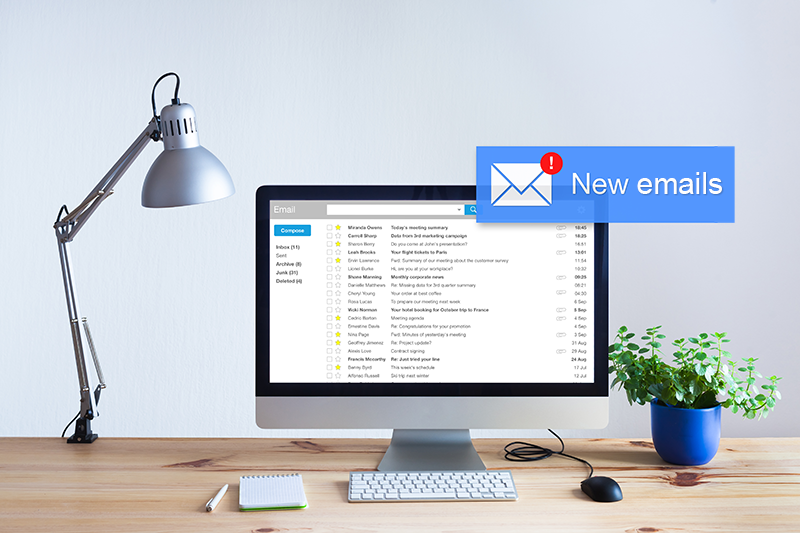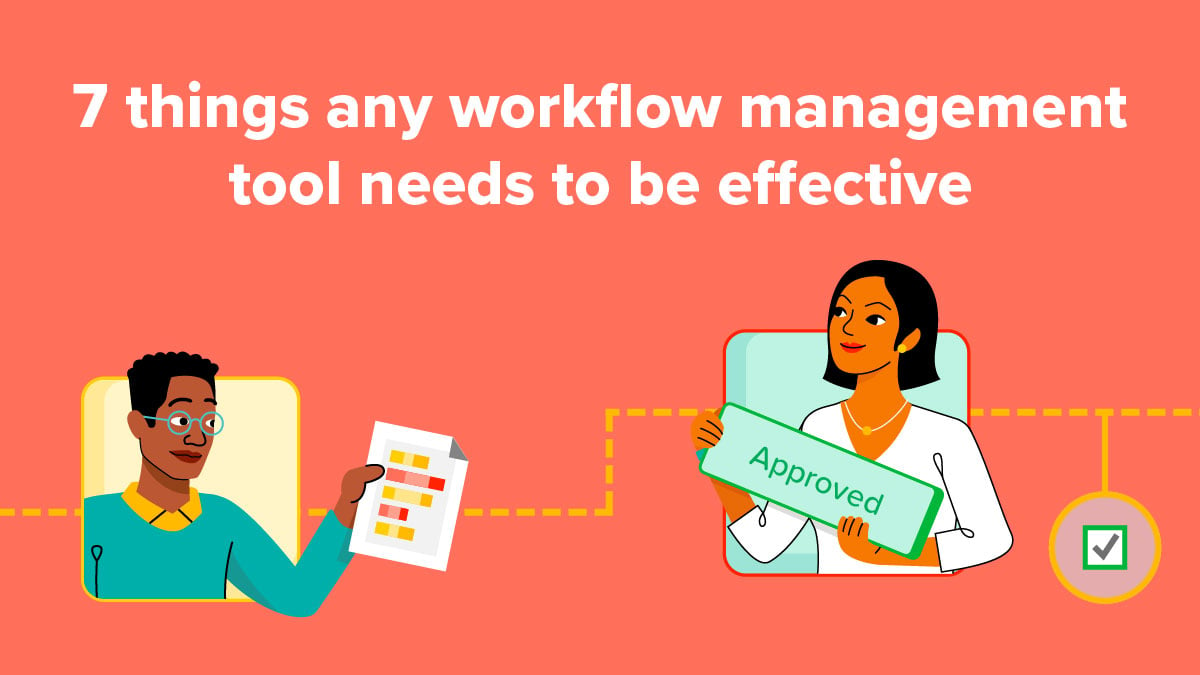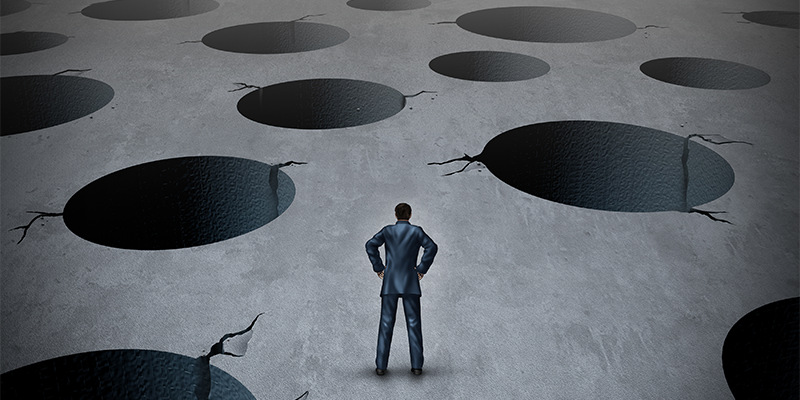For decades, email has been the chief instrument by which most of the business world communicates. Since becoming widely available back in the early nineties, email communications have steadily increased in both volume and frequency, especially in the realm of knowledge work.
You may have noticed this trend.
If you wake up in the morning dreading your inbox before you even get out of bed; if your heart sinks every time your email notification sound goes off; if you’ve considered quitting your job because of your frustration with email (and you’re not alone in this sentiment according to a Wakefield survey; 38% of workers have had this thought), then you’ve probably realized on some level how email is negatively affecting not just your work life but also your overall well being.
But just how bad is it really? And what can be done about it?
Cal Newport, a New York Times bestselling author of seven books and Georgetown University professor, explores these questions and answers In his latest book, A World Without Email.
The big problem with email and other communication tools
Newport describes the problem as this:
“While the ability to rapidly communicate using digital messages is useful, the frequent disruptions created by this behavior also make it hard to focus, which has a bigger impact on our ability to produce valuable output than we may have realized.”
Email and other modern forms of communication are critical to our work and the way we conduct it, but they also prevent us from actually getting “down to work” and producing actual output: employees spend over three hours a day sending and receiving business email, with “the average worker…sending and receiving 126 business emails per day…[and] users checking email or instant messenger tools like Slack once every six minutes.”
[Read] The Workflow Trap: the unsustainable ways we organize work & how to fix them
Newport dubs this modern-day workflow built around disruptive communication methods “the Hyperactive Hive Mind: a workflow centered around ongoing conversation fueled by unstructured and unscheduled messages delivered through digital communication tools like email and instant messenger services.”
As terrible as this way of working can make you feel, it can be hard to escape: not only is our responsiveness to colleagues and leaders often a measurement of “productivity,” we’re also compelled to do it on a biological level.
We're biologically driven to answer our emails, even if it makes us miserable
In his book, Newport recounts a scientific study of a hunter-gatherer tribe in the Republic of Congo and the Central African Republic (called the Mbendjele BaYaka), which found that popularity within the tribe depended heavily on one-on-one interactions. The more socially connected a tribe member was, the higher number of offspring they had–the definitive marker of “genetic success.”
Newport draws two conclusions from the study (among others): the first, that we are hardwired to prioritize socializing. The second, that we experience a “corresponding feeling of distress when it’s thwarted.” In other words, when we ignore opportunities to socialize with our “tribe” (which might be your department, team, or anyone else in your company), our evolutionary brains see our actions as antithetical to our self preservation.
Combine a biological need to respond to others with the cognitive overload of hundreds of emails throughout each workday and you get a recipe for psychological disaster: “the longer one spends on email in [a given[ hour the higher is one’s stress for that hour.”
In fact, a 2019 study by the International Archives of Occupational and Environmental Health found that “repeated exposure to ‘high information and communication technology demands’ (translation: a need to be constantly connected) was associated with ‘suboptimal’ health outcomes.”
Email isn’t just disruptive, it’s negatively affecting our emotional and physical health.
Escaping the email monster of our making
So how does one combat a workplace-required and biologically hardwired need to prioritize email?
By restructuring our workflows to limit distractions and maximize opportunities for focus.
One of the key ways this can be done is by setting up workflows where all the various components for it are centralized and organized into a single space. To give an idea of what this would look like in execution: let’s say you work for a custom t-shirt company and are in charge of overseeing new orders.
In a Hyperactive Hive Mind setup, your print instructions might come through an order form submitted on the site which you then need to copy/paste into a print instruction sheet for the team. The quote might be an auto-generated PDF you have to forward to accounting via email, while alerts about printing or shipping delays are sent to you by your team via Slack. Every part of the process–from the data sharing to the communication between your team and other departments–is scattered across multiple tools, setting you up for distraction and disorganization.
How would this process look under Newport’s vision? Every part of this process would take place in a singular digital space free from extraneous distractions (such as info about another project). In other words, everything from the print information to the quote to the team/department conversations about the project status would exist in a single space alongside one another.
According to Newport, “this new workflow encourages single-tasking…the only information or discussion [a person] sees…relates to the project. This allows [the person] to remain focused on one thing until they’re ready to move on.”
By setting up our workflows to prioritize distraction-free focus on a given project, we can give ourselves a chance to not only be more productive–but also feel more in control of our work. Rather than being overwhelmed by all the unfinished “stuff” that looms on the horizon, we can see a project in its full scope laid out clearly before us.
But to do this, we need tools and technology designed for single-tasking collaboration.
Where to start: choosing technology that encourages focus & structure
Enter Kintone, a workplace platform designed to help keep work together. Built with collaboration in mind, Kintone’s centralized platform lets teams organize their data, conversations, and workflows in a digital hub built for effective single-tasking. Meaning no more endless email chains, scattered spreadsheet files, or fractured workflows that make you feel like you never quite have the full picture in sight.
How does Kintone work?
- It centralizes your data, workflows, and conversations on a single, organized platform.
- It helps you create structured workflows that help you coordinate the way your team works together without controlling how people do their work.
- It provides a framework for organizing the way your team collaborates around work.
Want to learn more about how Kintone does this? See a full breakdown here. You’ll see how Kintone can help you break away from the Hyperactive Hive Mind that’s been plaguing 21st century offices for decades and contributing to the infamous “Monday Blues.”
Want to learn more about what Newport has to say on email? Buy the book here. Newport’s book is an excellent way to reset the way you think about work and how you might not be tapping into the full potential of your team with your current technology setup.
About the Author
Michelle is the Content Marketing Specialist at Kintone. She is a content marketing expert with several years in content marketing. She moved to San Francisco in 2015 and has experience working in small businesses, non-profits, and video production firms. She graduated in 2012 with a dual degree in Film and English.











